Breach Prevention: 5 Best Practices to Protect Your Data

What is a Data Breach?
A data breach is a serious security incident where important and private information is accessed without permission. This includes situations where personal details like names, Social Security numbers, bank details, or medical records are wrongly exposed. These breaches can happen for many reasons. Cyberattacks are a common cause, where hackers break into a company's system to steal data. Sometimes, data gets exposed because someone steals physical devices like laptops or hard drives that contain this sensitive information. Inside threats are another concern; these happen when people within the company, perhaps employees or contractors, access data they shouldn't. Another common reason for data breaches is simple mistakes made by employees, like sending confidential information to the wrong person or leaving it unprotected.
When businesses experience a data breach, the consequences can be severe and long-lasting. Financially, they might face big costs. These can include legal fees if they're taken to court, fines for not protecting data properly, and losing money because customers lose trust and take their business elsewhere. Besides these direct costs, a data breach can harm a company's reputation significantly. When customers find out that their personal information is not kept safe, they might stop trusting the company. This loss of trust can be hard to fix and can affect the business for a long time. Therefore, understanding and preventing data breaches is crucial for any business to protect not only its data but also its financial health and reputation.
Why is Data Breach Prevention Important?
Preventing data breaches is crucial for businesses for many reasons. From a financial perspective, the consequences of a data breach can be huge. If a company's data is compromised, it might face hefty fines, especially if it doesn't follow data protection laws. Legal costs can also pile up if the company has to go to court because of the breach. But the financial impact goes beyond just fines and legal fees. When customers find out that their data wasn't kept safe, they might decide to stop doing business with that company. This loss of customers and the trust they had can lead to a significant drop in revenue. Also, when a data breach happens, businesses often have to spend a lot of money to fix the problem and make sure it doesn't happen again. This might include improving security systems or paying for services to help affected customers, like credit monitoring.
Another major reason why preventing data breaches is important is the legal and regulatory aspects. Many countries and industries have strict rules about how personal data should be handled and protected. If a company fails to meet these standards, it could face more than just fines; it might also have to deal with other legal consequences and regulatory scrutiny. But perhaps the most lasting impact of a data breach is the damage it does to a company's reputation. Trust is hard to earn and easy to lose. When customers lose trust in a company's ability to protect their data, winning back that trust can be a long and difficult process. In the digital age, where data security is a major concern for everyone, keeping data safe is not just about avoiding legal or financial problems; it's a core part of doing business responsibly. That’s why taking steps to prevent data breaches is so vital for any company's long-term success and reputation.
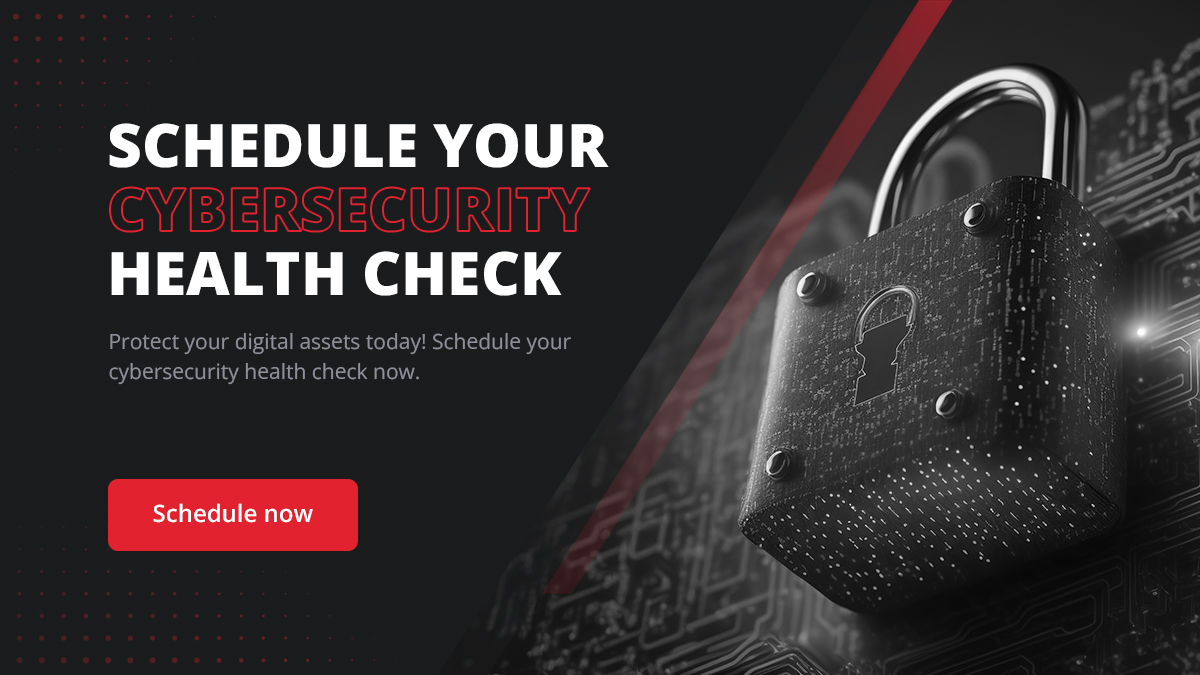
What Kinds of Data Breaches Should Raise the Most Concern?
In today's digital era, there are certain data breaches that stand out due to how often they occur, the severe impact they have, and how challenging they are to handle. These types of breaches significantly threaten the safety of sensitive information and put a company's security measures to the test. It's vital for businesses to recognize and understand these critical data breach types to develop effective defense strategies. The following are the major types of data breaches that require heightened vigilance:
Phishing Attacks:
These attacks are more than just fraudulent emails. They have evolved to include sophisticated spear-phishing and whaling attacks targeting specific individuals or companies. Successful phishing can lead to unauthorized access to company networks, financial loss, and data theft.
Ransomware Attacks:
These are becoming more advanced, with attackers using techniques like encryption to lock out legitimate users from their data. The impact of a ransomware attack can be debilitating, causing operational disruptions and significant recovery costs.
Social Engineering Attacks:
These attacks exploit human psychology, manipulating employees into divulging confidential information or performing actions that compromise security. They are often hard to detect and can bypass technical security measures.
Software Misconfigurations caused by a lack of Patch Management can exploit vulnerabilities:
Poor Patch Management and Misconfigurations can leave systems exposed to external attacks. Regular software updates and strict configuration management are essential to prevent such vulnerabilities.
Human Error:
These are often overlooked but can be as damaging as malicious attacks. Training and a strong culture of security awareness are vital in mitigating risks from human error.
Data Breach Prevention Best Practices

As technology keeps advancing, it's crucial for businesses to stay on top of preventing data breaches. This isn't just about having the latest tech tools; it's also about building a strong culture of security awareness, sticking to legal requirements, and always being prepared for potential security incidents. The key practices listed below are what businesses should focus on to strengthen their defenses against data breaches:
Train Employees on Security Awareness:
This involves creating ongoing educational programs and simulations to keep security top of mind. Employees should be trained to recognize and respond to potential security threats, understand the importance of security policies, and be aware of the latest security trends and tactics.
Invest in the Right Security Software:
It’s crucial to have a defense-in-depth layered security approach, including firewalls, next-gen (AI-based) antivirus software, email filters, and intrusion prevention systems. Advanced solutions like AI-driven threat detection can provide an additional layer of security.
Comply with Data Protection Regulations:
Understanding and complying with data protection laws and standards is essential. This includes not only global regulations like GDPR but also local and industry-specific regulations.
Perform Regular Vulnerability Assessments:
These assessments should be comprehensive, covering not just IT infrastructure but also applications and end-user practices. Regular scanning, testing, and remediation of vulnerabilities are key to maintaining a strong security posture.
Develop a Data Breach Response Plan:
A well-structured plan should include procedures for responding to different types of data breaches, roles and responsibilities, communication strategies, and recovery processes. Regular drills and updates to the plan are crucial.
Proactive Strategies to Safeguard Your Data and Protect Against Breaches
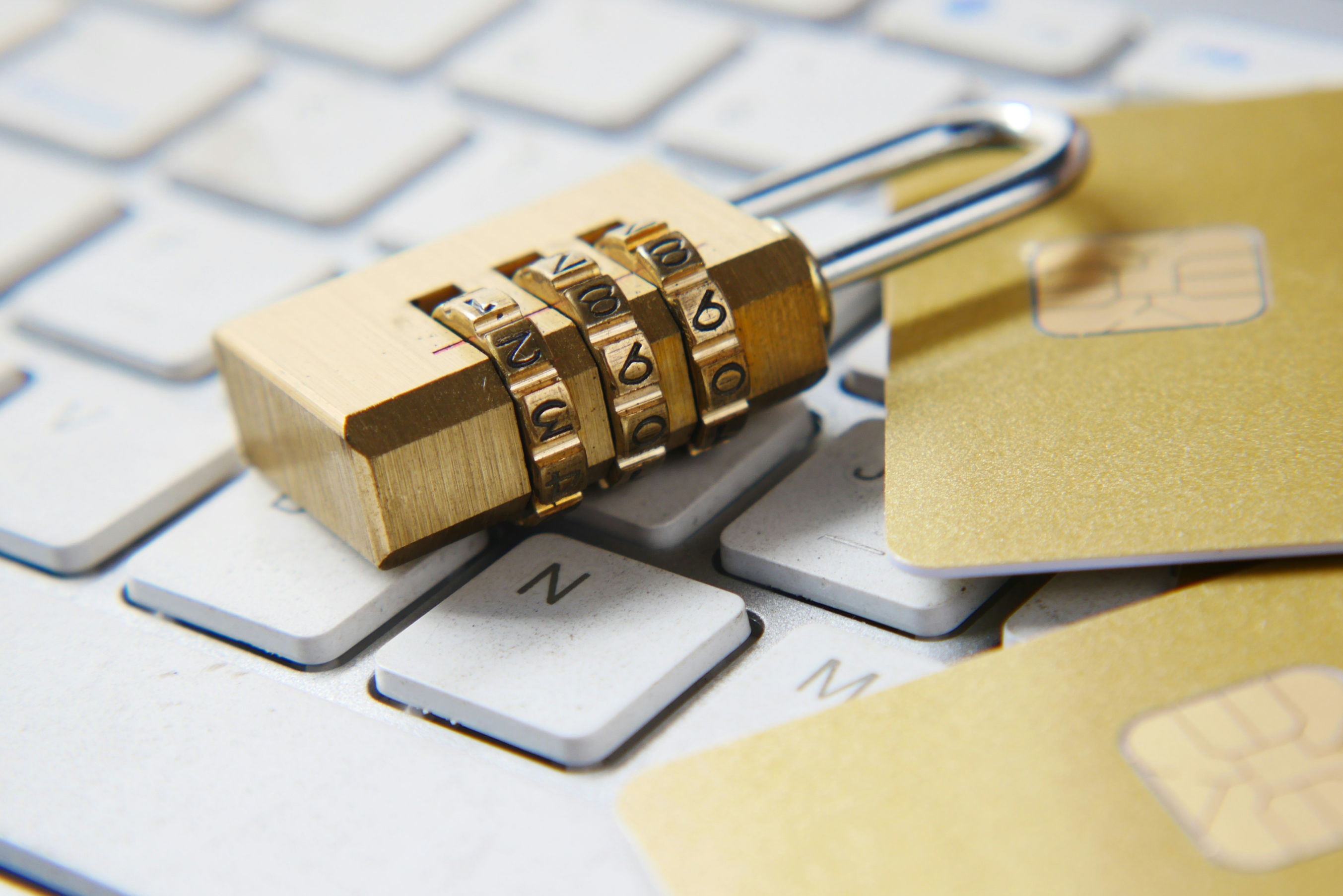
To effectively shield your business's data and fend off security breaches, it's important to employ a range of proactive strategies. These strategies involve more than just basic security measures; they require a comprehensive approach to ensure that your data remains safe and secure. From enhancing email security to strengthening network defenses, the strategies listed here are designed to offer a multifaceted defense against various cyber threats:
Use DMARC to Prevent Email Phishing Attacks:
DMARC policies ensure that only legitimate emails reach your inboxes, significantly reducing the risk of phishing and spoofing attacks.
Use Third Party Security to Secure access to Cloud Providers (AWS, Google & Azure) and also to secure access to Office/M365 and Google Workspace
Don’t depend on internal security. Use a layered multi-vendor approach
Intrusion Detection and Prevention:
These systems should be sophisticated enough to detect advanced threats and provide real-time alerts, allowing for immediate action to mitigate potential breaches.
Third-Party Security Assessment:
External assessments can provide an objective view of your security posture, uncovering potential vulnerabilities that might be missed internally. They can also offer valuable insights into improving security measures.
Strong Passwords and MFA:
Strong password policies combined with multi-factor authentication provide a robust defense against unauthorized access. It’s crucial to enforce these across all systems and endpoints.
Regular Updates and Patches:
A proactive approach to patch management is key. This involves not just applying patches but also monitoring for the release of patches and understanding the implications of any vulnerabilities they address.
Limit Access to Sensitive Data:
Implementing the principle of least privilege ensures that employees have access only to the data and resources necessary for their roles, reducing the potential impact of a breach.
Encryption of Sensitive Data:
Data encryption should be standard practice, both for data at rest and in transit. Encryption acts as a last line of defense, ensuring data remains secure even if other security measures fail.
Vulnerability Assessments and Penetration Testing:
Regular assessments and penetration testing help in understanding how an attacker might exploit your systems and what the potential impact would be. These exercises are critical in maintaining a strong defensive posture.
Network Segmentation:
Proper network segmentation can significantly contain the impact of a breach. By dividing the network into secure zones, you can limit the lateral movement of an attacker within your network.

Advanced Threat Protection Tactics
Dealing with today's complex cyber threats means using the latest and best methods for advanced threat protection. These methods use new technologies and ways of doing things that are better than the usual security steps. They add an extra layer of safety against more and more clever cyberattacks. Let's take a look at some of the most important modern tactics that are crucial for keeping safe in the world of cybersecurity:
Machine Learning and AI in Cybersecurity:
Machine learning algorithms can analyze vast amounts of data to identify patterns indicative of a cyberattack, often spotting threats faster and more accurately than traditional methods.
Behavioral Analytics for Insider Threat Detection:
These tools monitor user behavior to identify actions that deviate from the norm, which can be early indicators of insider threats or compromised accounts.
Advanced Endpoint Protection Solutions:
These solutions protect against a wide range of threats, including malware, ransomware, and zero-day exploits, and are essential for securing the multitude of devices that access your network.
Cloud Security Strategies:
Effective cloud security involves a range of strategies, including secure access controls, encryption, monitoring, and compliance with cloud security standards.
The Role of Leadership in Cybersecurity
For a business to be truly secure against cyber threats, its leaders play a key role. They do more than just make rules; they help create an environment where everyone understands and values security. Let's explore how leaders can make a big difference in keeping their companies safe from cyber risks:
Building a Culture of Security:
Creating a security-centric culture involves continuous education, clear communication, and engagement from the top down. Leaders must not only endorse security policies but also actively participate in security initiatives.
Executive Responsibilities in Cybersecurity Oversight:
Leadership plays a critical role in defining the organization’s cybersecurity strategy, ensuring adequate budgeting for security initiatives, and staying informed about the evolving threat landscape.
Cybersecurity as a Business Strategy:
Cybersecurity should be integrated into the overall business strategy. This includes understanding the potential impact of cybersecurity on different aspects of the business and making informed decisions to manage those risks.

Conclusion
Keeping your business safe from data breaches is super important for protecting what you've built, your good name, and your future. It's all about having the right mix of tech, smart processes, and people who know their stuff. That's where we, RedZone Technologies, come in. We're here to help you build and roll out a strong cybersecurity game plan. This plan won't just shield you from the dangers out there now, but it'll also get you ready for what's coming down the road. With our help, you can focus on growing your business, knowing that we've got your back when it comes to keeping your data safe. Let's tackle these cybersecurity challenges together, with RedZone Technologies guiding the way.
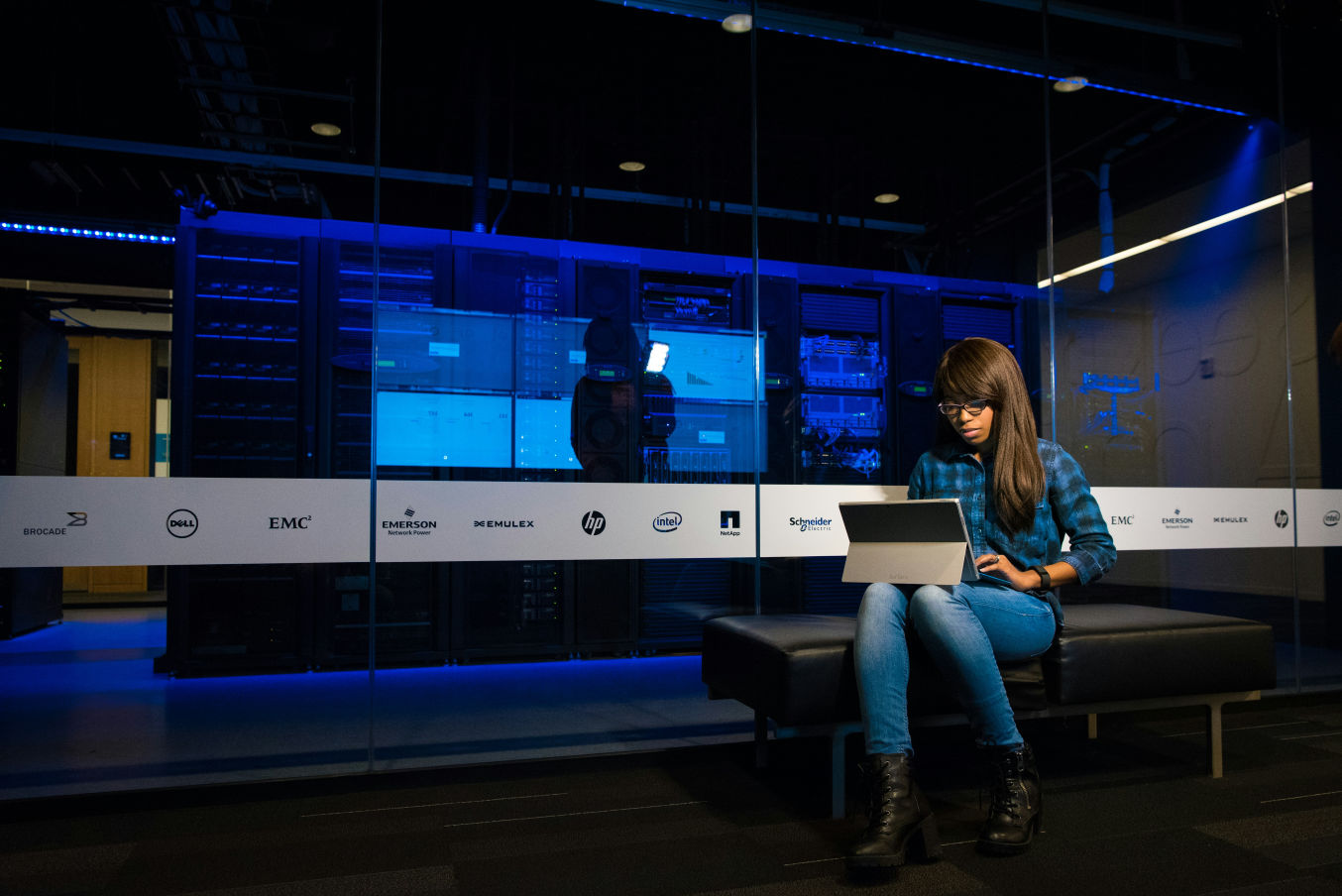 Security Updates
Security UpdatesUnderstanding IT Compliance: Scope, Benefits, and Challenges
Discover what IT compliance is, its importance, benefits, risks of non-compliance, frameworks, and how to achieve robust IT compliance in your organization.
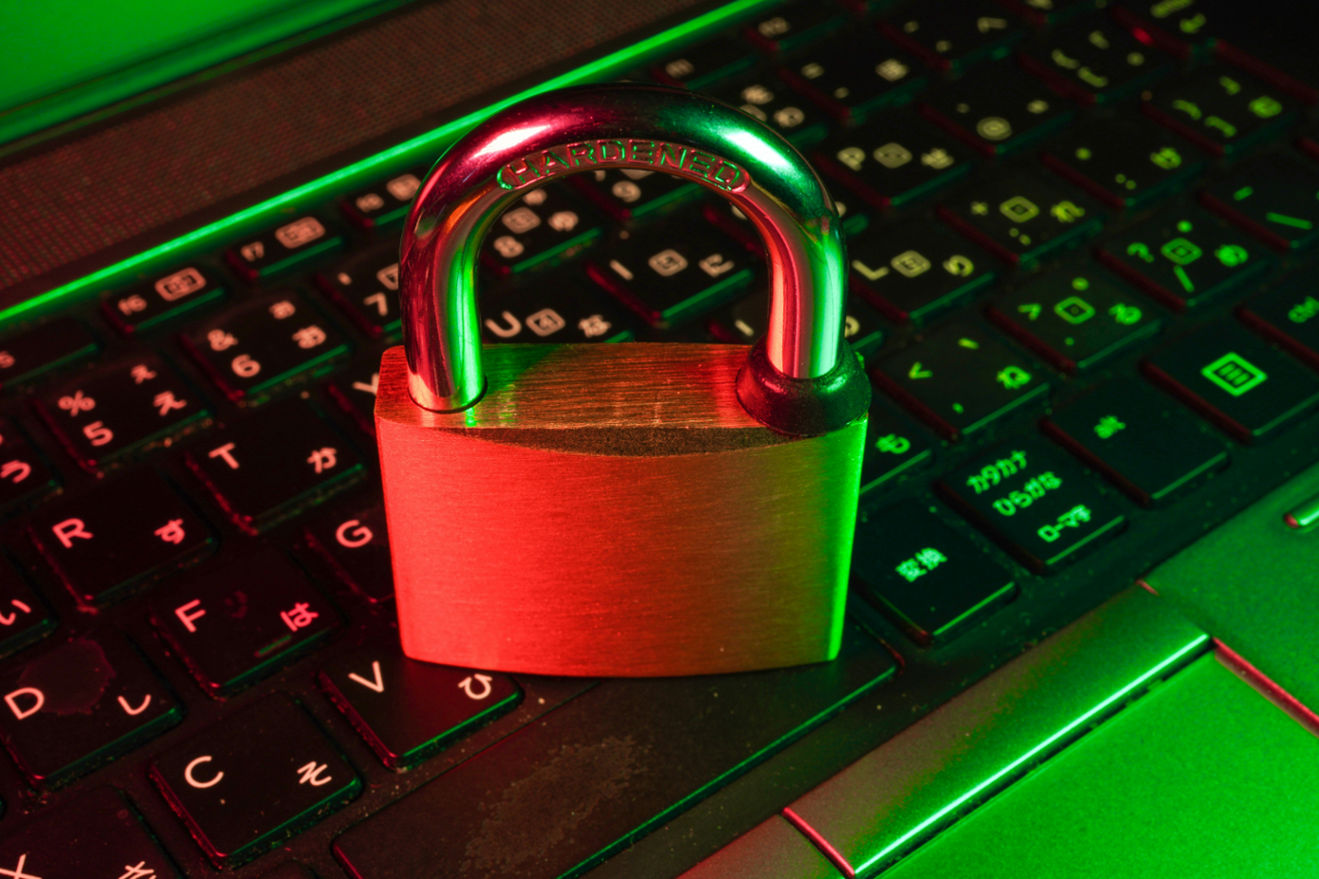 Security Updates
Security UpdatesImplement Secure Browsing with Powerful SSL Decryption
Explore the essentials of SSL decryption, its importance, challenges, and best practices for enhancing security and compliance for business in a detailed guide
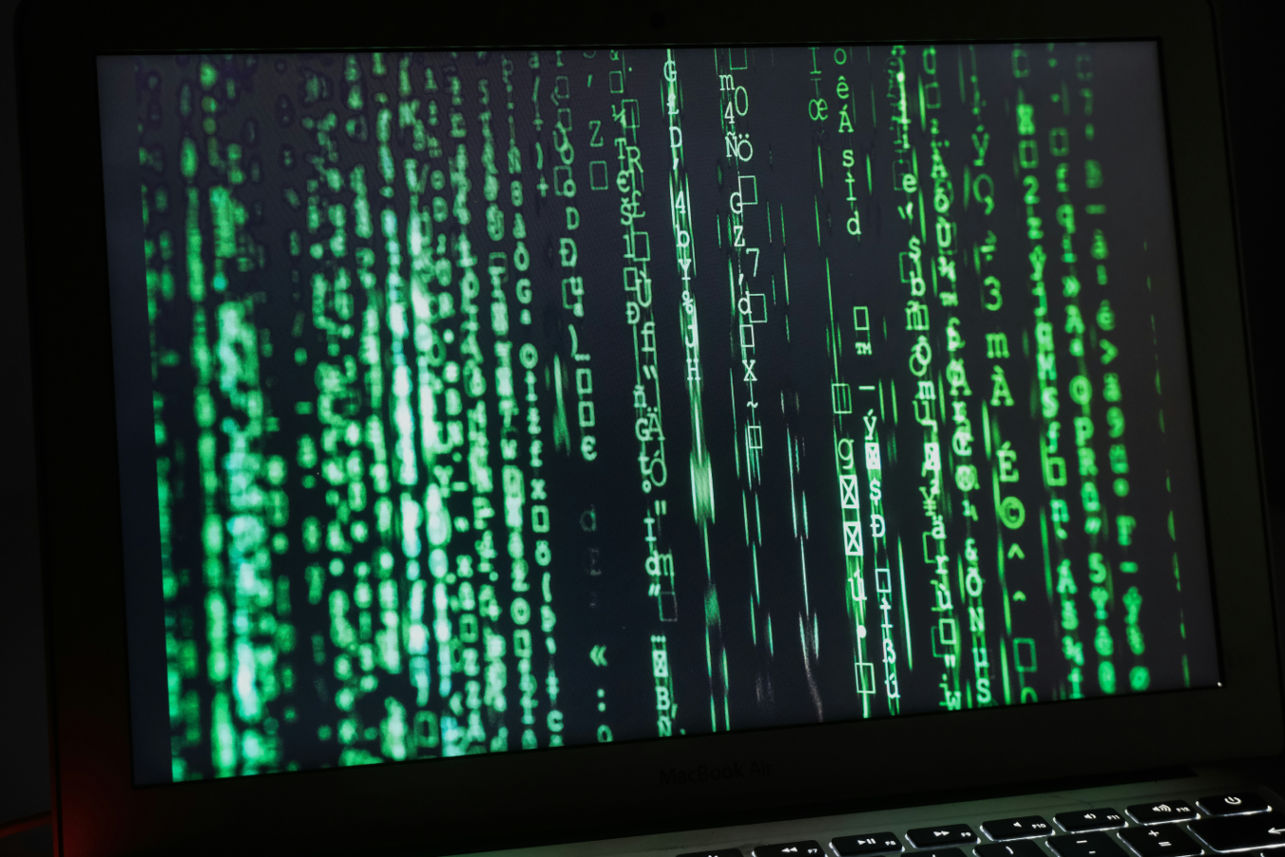 Security Updates
Security UpdatesTransitioning from Proxy Firewalls to Endpoint Security
Explore the evolution from proxy firewalls to endpoint security, enhanced threat detection, data encryption, and comprehensive protection for modern networks.
 Security Updates
Security UpdatesExpert IT Risk Assessment: Protect Your Business Today!
Mitigate potential IT threats with our comprehensive risk assessment guide, ensuring your digital infrastructure. Ensure your business is secure an...
 Security Updates
Security UpdatesEssential Guide to Best Practices in Compliance Security
Explore essential strategies for compliance security in this comprehensive guide. Learn about safeguarding your business and meeting regulatory sta...
 Security Updates
Security UpdatesSecure Your Data with Expert Cloud Database Solutions
Learn efficient solutions and secure your cloud databases with encryption and compliance features, ensuring data safety and privacy across all plat...
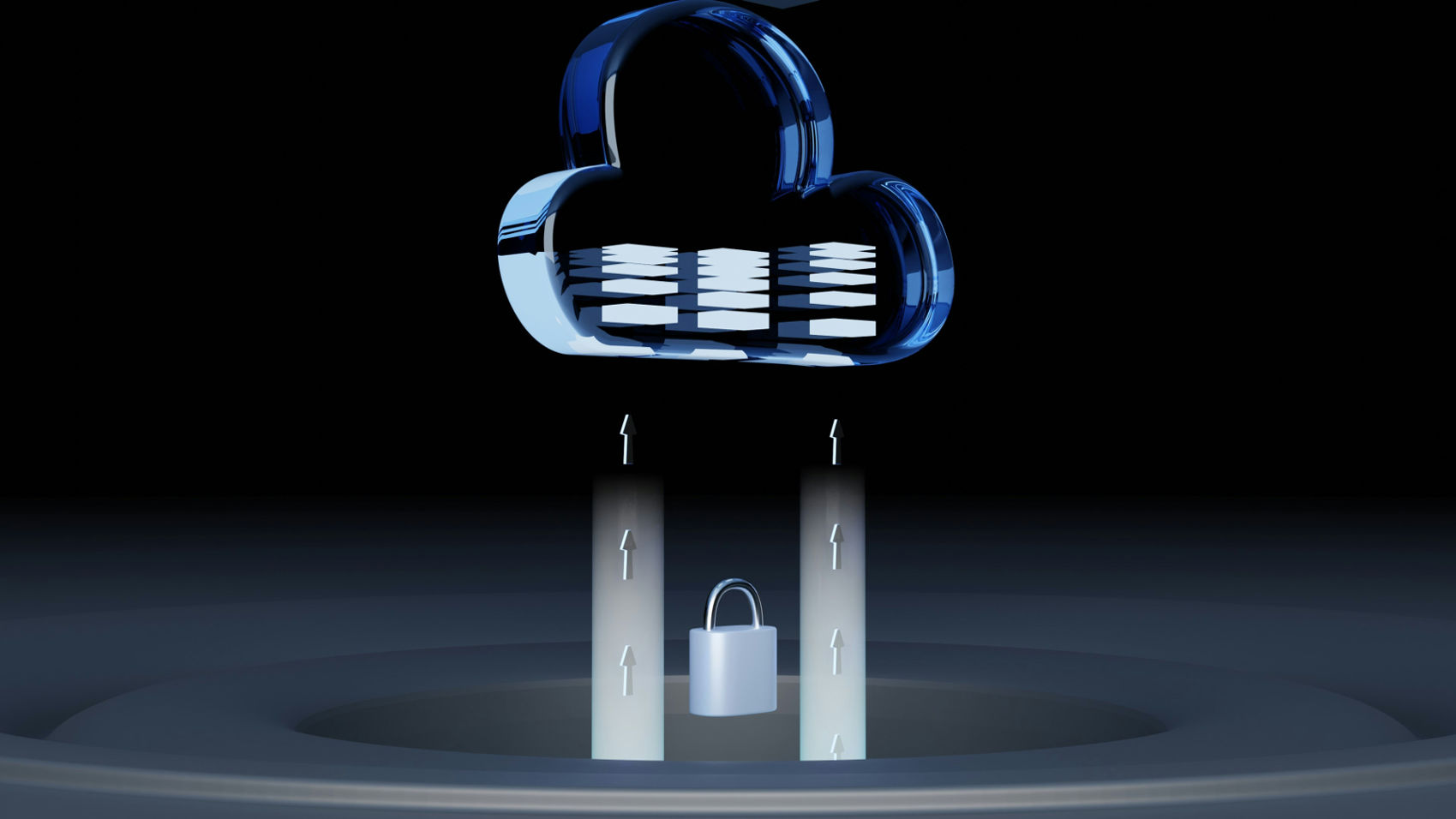 Security Updates
Security UpdatesA Guide to Cloud Network Technology: Benefits and Types
Unlock the potential of cloud network technology for seamless connectivity. Learn and scale solutions that drive business innovation and growth via...
 Security Updates
Security UpdatesAffordable Managed IT Services for Small Businesses
Explore top-managed IT services for small businesses to boost efficiency and security. Get expert insights and practical tips to optimize your IT o...
 Security Updates
Security UpdatesSecure Your Network with Gateway Security Solutions
Explore the essentials of gateway security: learn about its importance for network protection and best practices to safeguard your digital assets e...
 Security Updates
Security UpdatesDisaster Recovery Testing: Ensure Business Continuity
Explore effective disaster recovery testing strategies in this guide to maintain business continuity, prevent data loss, and minimize downtime duri...
 Security Updates
Security UpdatesMaximizing Security: Vulnerability Management Lifecycle
Explore the complete guide to the Vulnerability Management Lifecycle to boost your cyber resilience and secure your business IT infrastructure effe...
 Security Updates
Security UpdatesYour Network with Endpoint Security Management
Explore our comprehensive guide on Endpoint Security Management to understand its importance, how it works, and best practices for robust network s...
 Security Updates
Security UpdatesEnsuring Security Compliance: Tips, Insights & Strategies
Discover the essentials of security compliance, its importance, frameworks, and tools. Learn how to protect data and meet regulatory standards effe...
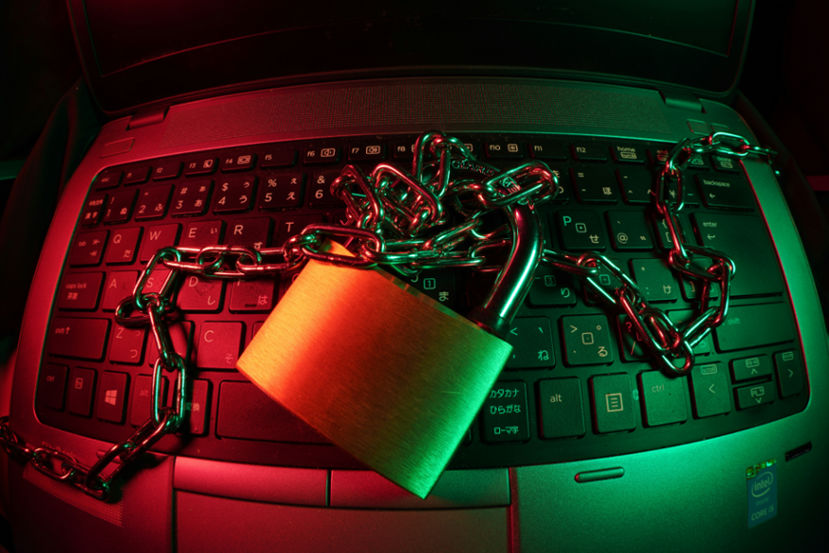 Security Updates
Security UpdatesBoost Your Security with Internal Penetration Testing
Dive into internal penetration testing with our in-depth guide. Learn the essentials, techniques, and best practices to fortify your cybersecurity ...
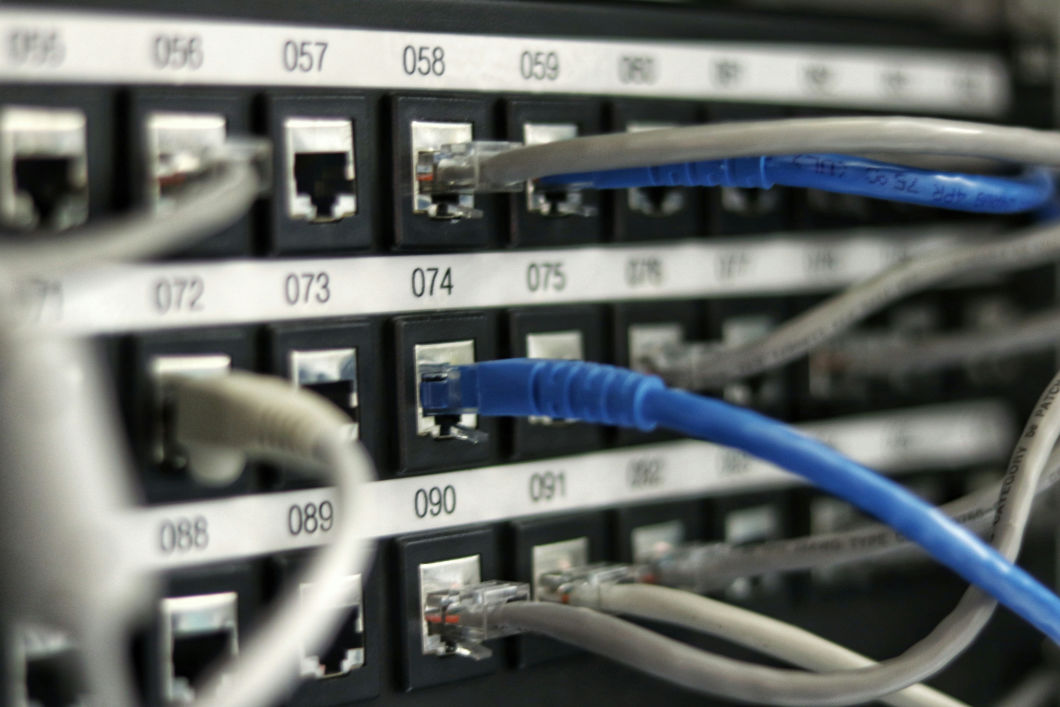 Security Updates
Security UpdatesEgress vs Ingress: A Guide to Data Traffic Management
Understand Egress vs Ingress in data management. Learn and explore their roles, traffic analysis, risks, and best practices for network and cloud s...
 Security Updates
Security UpdatesPrevent Credential Harvesting to Protect Your Precious Data
Understand credential harvesting. Learn how it works, common techniques, its impact, and strategies to prevent and mitigate attacks to secure your ...
 Security Updates
Security UpdatesSecure Your Big Data: Top Solutions for Data Security
Protect your valuable data with our robust big data security solutions. Learn about the threats and Safeguard against cyber threats and ensure comp...
 Security Updates
Security UpdatesSecure Your Network with Advanced Management Solutions
Explore the details of comprehensive network security management: Learn key strategies, best practices, and tools to safeguard your digital environ...
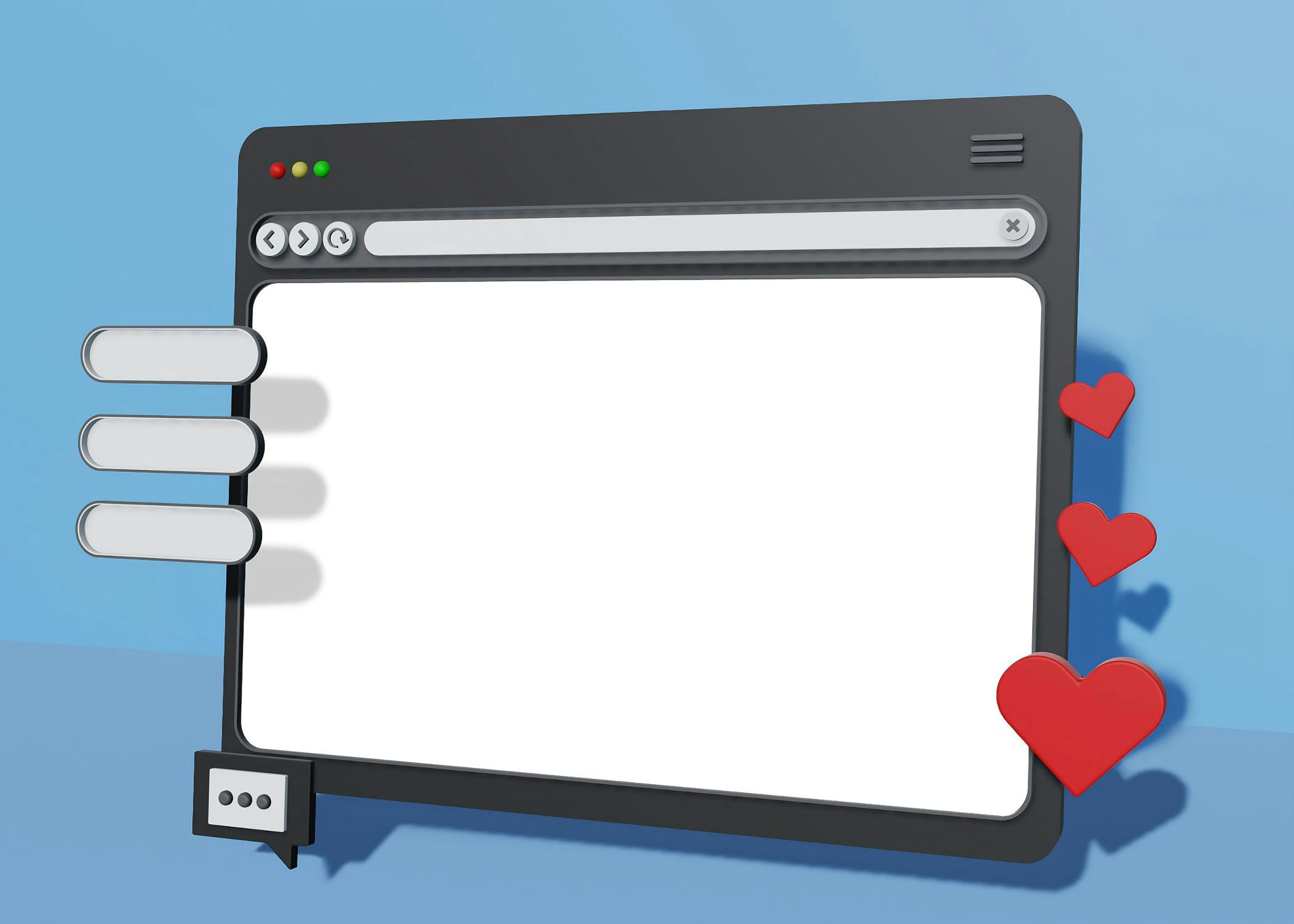 Security Updates
Security UpdatesGuide to On-Path Attacks: Protecting Your Cybersecurity
Learn about on-path attacks in this comprehensive guide, exploring definitions, types, consequences, and key prevention strategies to safeguard you...
 Security Updates
Security UpdatesExploring Managed Cloud Services: A Comprehensive Guide
Dive into the Managed Cloud Services with our in-depth guide. Explore benefits, types, and best practices to enhance your business's cloud strategy...
 Security Updates
Security UpdatesComprehensive Guide to Ubiquitous Computing: Impact & Future
Explore the details of ubiquitous computing, from its core concepts and layers to its societal impact, key technologies, applications, and future p...
 Security Updates
Security UpdatesClone Phishing Explained: Detection and Prevention Guide
Discover how clone phishing works and its impact. Learn effective strategies to identify, prevent, and respond to these sophisticated email threats...
 Security Updates
Security UpdatesHow to Secure Your Business with Cyber Security Insurance
Explore the essentials of Cyber Security Insurance, covering its importance, types of coverage, benefits, and considerations for businesses in the ...
 Security Updates
Security UpdatesEfficient Data Spooling Solutions For Streamlined Operation
Learn How To Efficiently Manage And Store Your Data With Our Reliable Data Spooling Services. Keep Your Information Organized And Accessible With T...
 Security Updates
Security UpdatesMaximizing Compliance & Risk Management: Expert Strategies
Learn how to ensure business success with effective compliance and risk management strategies. Explore definitions, differences, frameworks, and ch...
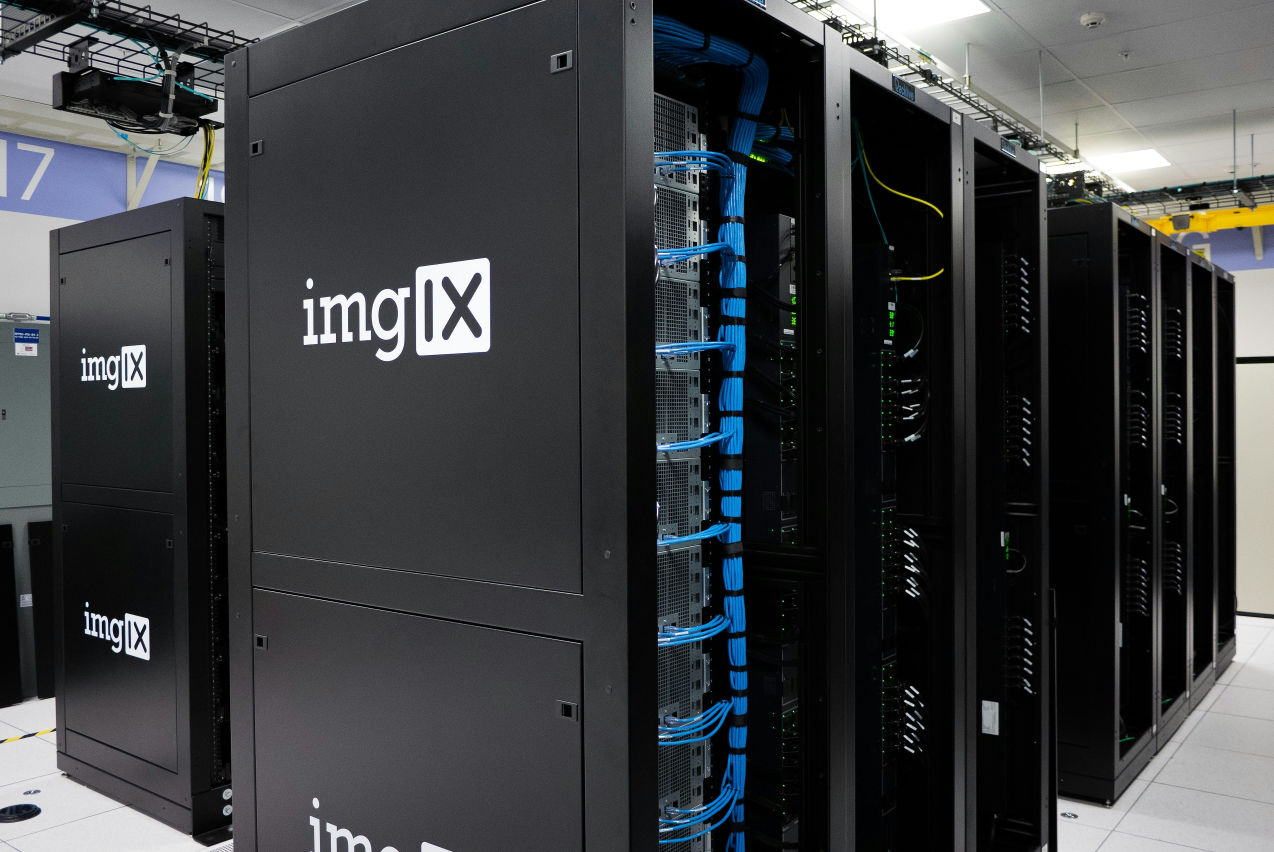 Security Updates
Security UpdatesUnderstanding MDF vs IDF: Key Differences & Benefits
Explore the crucial differences and examples between MDF and IDF in networking, understanding their roles, functions, and impact on network infrast...
 Security Updates
Security UpdatesRedZone Wins CRN's Top Security 100 & MSP 500 Awards 2024
RedZone Technologies earns CRN's Security 100 & MSP 500 Awards, affirming its leadership and innovative approach in the cybersecurity and IT manage...
 Security Updates
Security UpdatesJames Crifasi Speaks on Cybersecurity at Tech Conference
Join James Crifasi, CTO & COO of RedZone Technologies, at the Tech Conference as he explores cybersecurity's role in driving business growth and ad...
 Security Updates
Security UpdatesRedZone's James Crifasi Wins SonicWall's Technical Hero Award
CTO James Crifasi of RedZone Technologies earns SonicWall's Technical Hero of the Year, exemplifying unparalleled dedication to cybersecurity and I...
 Security Updates
Security UpdatesHow to Encrypt Email in Outlook
Learn how to encrypt email in Outlook with our step-by-step guide. Secure your messages using S/MIME, Office 365 Encryption OME, and add-ins for pr...
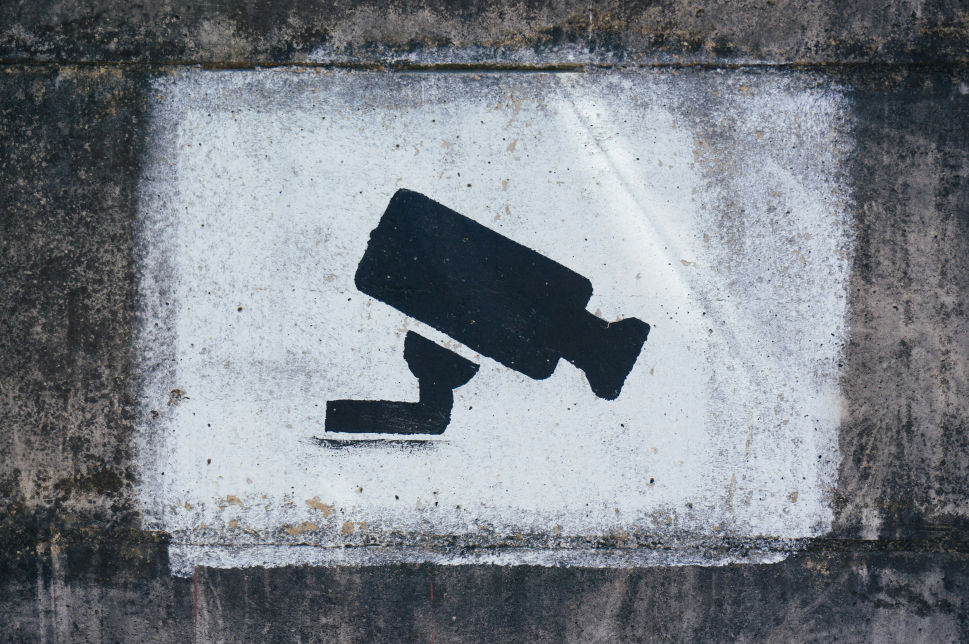 Security Updates
Security UpdatesWhat Is Security Monitoring? Importance and Tools
Explore the importance of security monitoring, its key roles, types, and how it protects organizations against threats, ensuring compliance and pro...
 Security Updates
Security UpdatesServer 2012 R2 End of Life: Implications and Next Steps
Learn about Server 2012 R2 end of life: Understand its impact, key dates, risks post-EOL, and explore upgrade options and migration strategies for ...
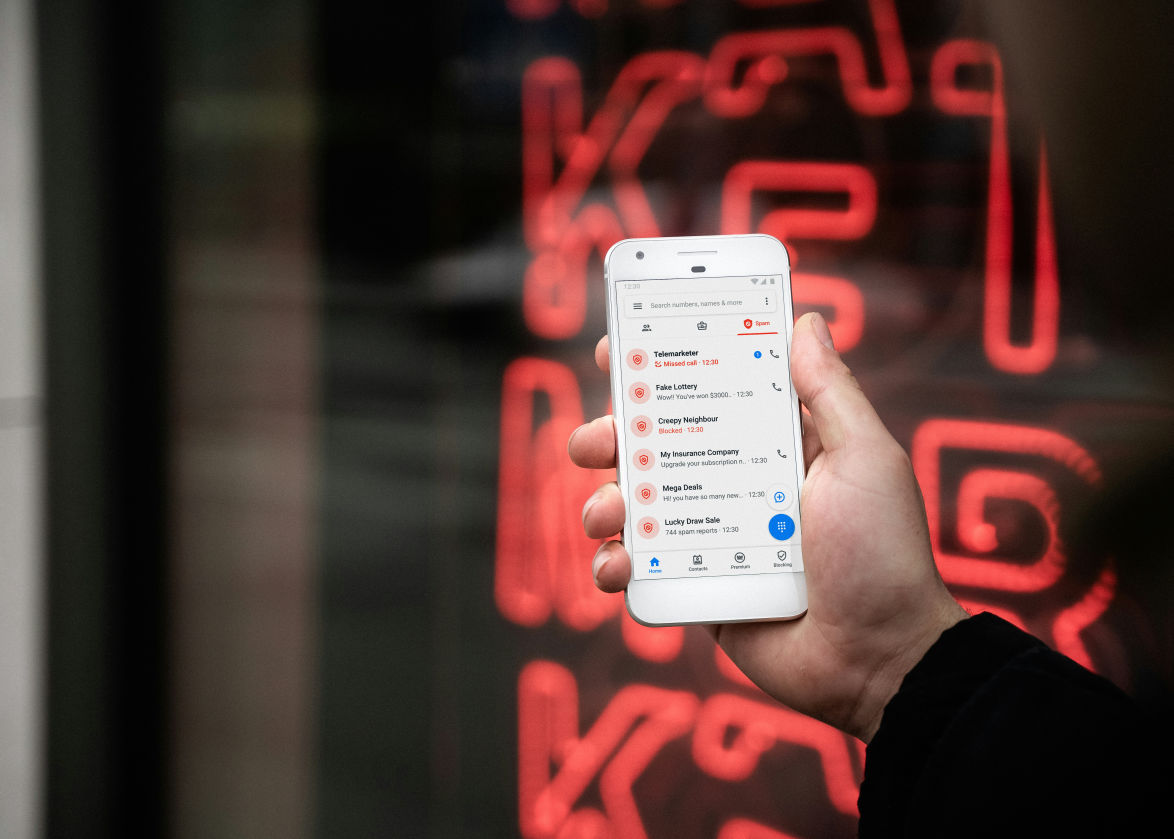 Security Updates
Security UpdatesProtect Personal Data: Smishing and Phishing Prevention
Know how to identify and protect against smishing and phishing attacks. Learn the techniques, types, and preventive measures for personal and busin...
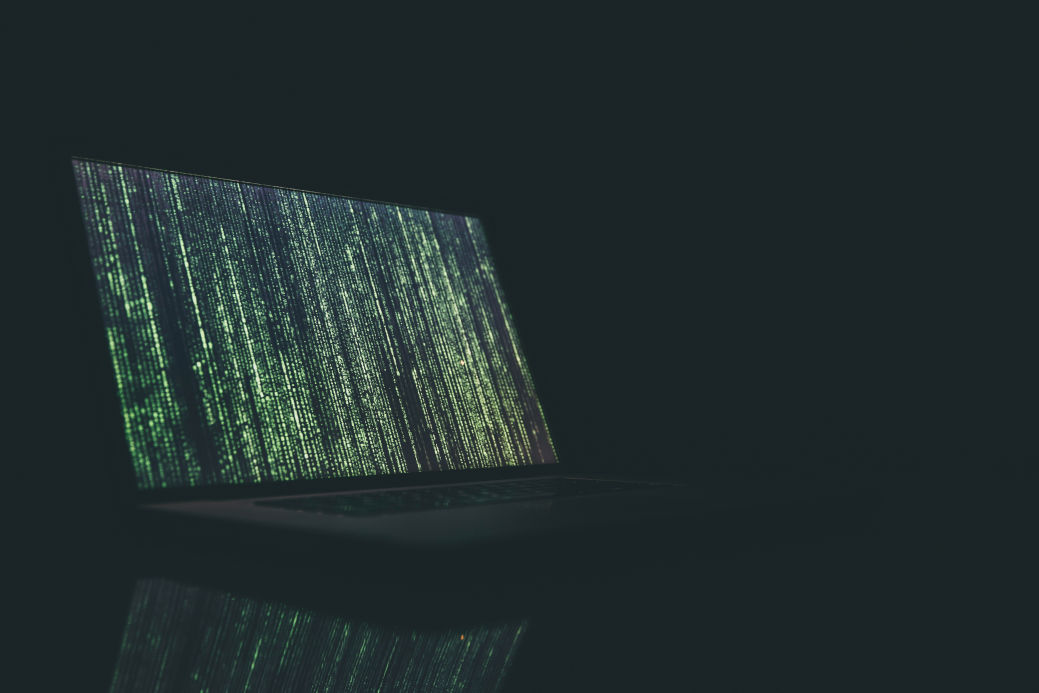 Security Updates
Security UpdatesSmurf Attack Guide: Prevention & Detection Strategies
Explore prevention & recovery from Smurf Attacks: Understand DDoS defense, detection signs, and secure network practices in our detailed cybersecur...
 Security Updates
Security UpdatesWhat is a Bad USB Attack, and How Do You Prevent It?
Learn about Bad USB attacks, their various forms, and strategies for safeguarding devices. Learn how to mitigate risks with effective prevention te...
 Security Updates
Security UpdatesKey Differences Between DOS Attack vs DDOS Attack
Explore the key differences between DDoS vs DoS attacks, their types, impacts, and prevention strategies in our comprehensive guide to enhance cybe...
 Security Updates
Security UpdatesUnderstanding the Impact of a Ping of Death Attack
Explore the ins and outs of Ping of Death attacks. Understand how they work, their impact on networks, and strategies to prevent them to keep your ...
 Security Updates
Security UpdatesThe Power of the Human Firewall: Your First Line of Defense
Discover the critical role of the human firewall in cybersecurity, combining employee vigilance with technology to protect against cyber threats ef...
 Security Updates
Security UpdatesStateful Firewall vs. Stateless Firewalls: What's the Difference?
Learn the key differences between stateful and stateless firewalls and how they protect your network. Discover the right choice for your security n...
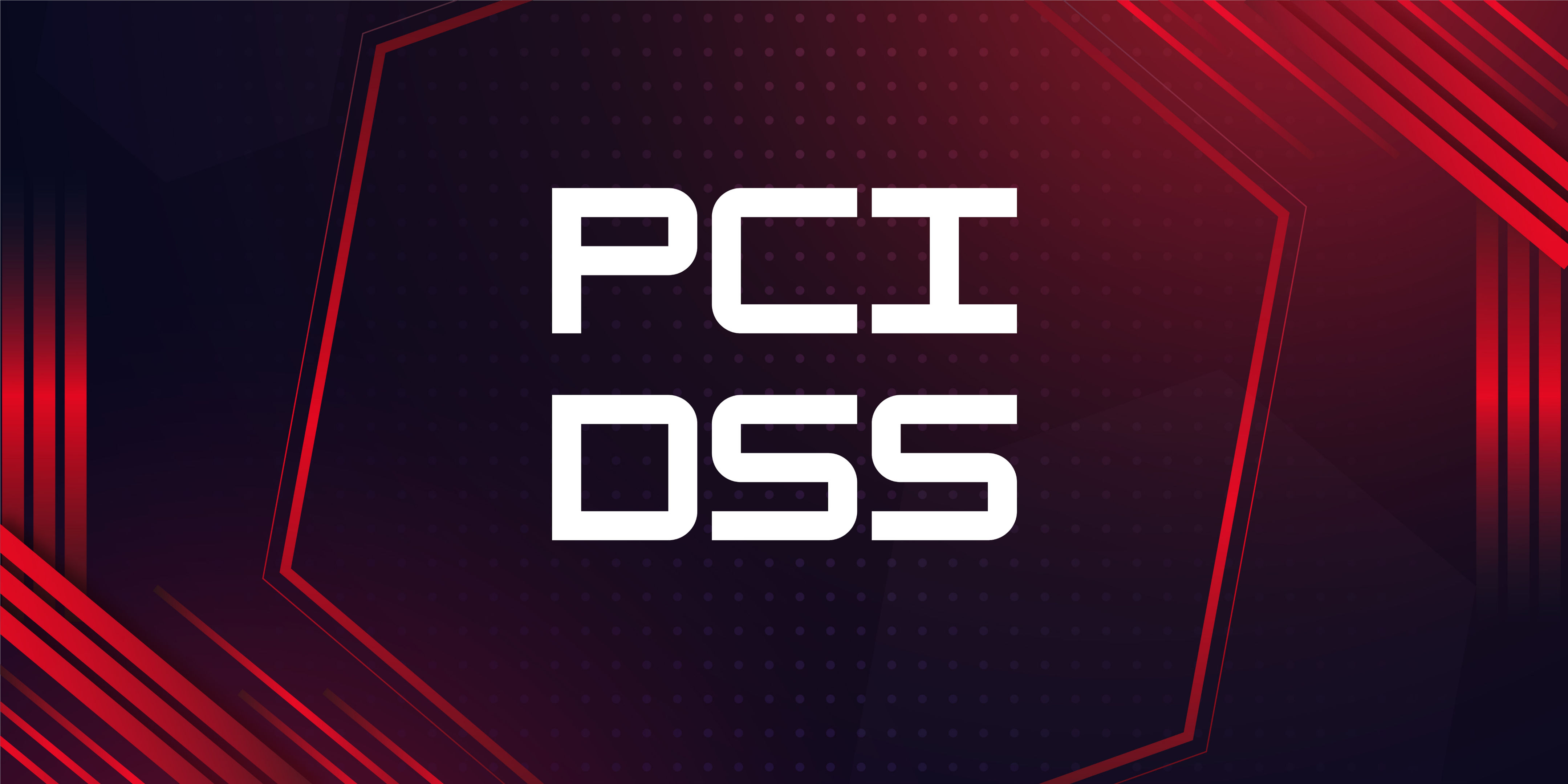 Security Updates
Security UpdatesUnderstanding the 4 Levels of PCI Compliance
Explore PCI DSS Compliance with RedZone: Key steps to protect card data and ensure secure transactions. Learn about compliance levels and tips for ...
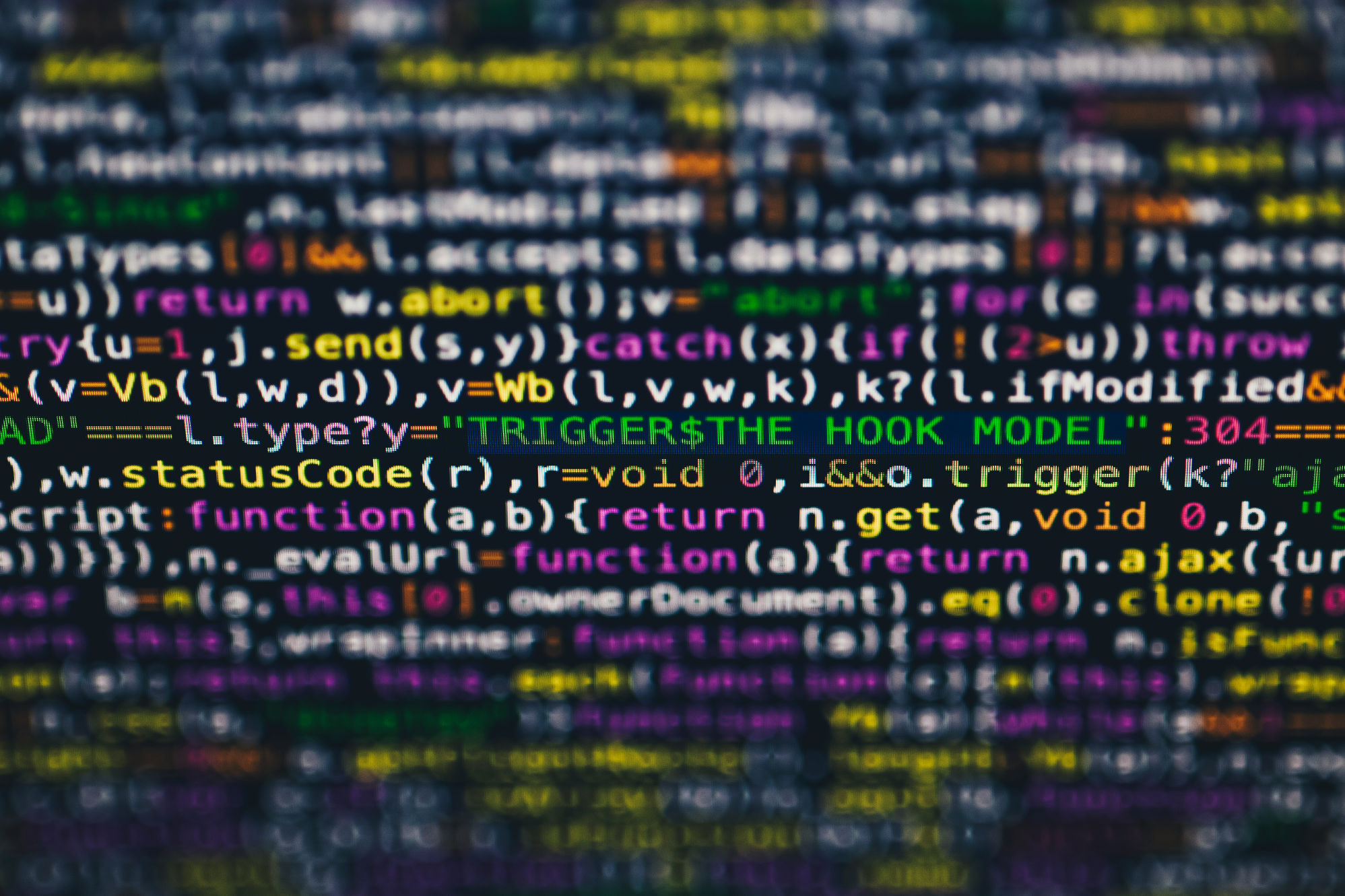 Security Updates
Security UpdatesWhat Is a Security Breach and How to Prevent Them
Learn how to effectively guard your business against security breaches with RedZone Technologies. Discover simple steps to keep your data safe and ...
 Security Updates
Security UpdatesUnderstanding Tailgating in Cybersecurity
Understand tailgating attacks in cybersecurity: what they are, how they work, and effective strategies for prevention to keep your business...
 Security Updates
Security UpdatesWhat is a Managed Service Provider and Its Benefits
Explore the role of Managed Service Providers (MSPs) in enhancing IT efficiency and cybersecurity for businesses, covering benefits, servi...
 Security Updates
Security UpdatesBreach Prevention: 5 Best Practices to Protect Your Data
Learn about data breaches: what they are, their impact, and how to prevent them. Explore best practices for securing your business against cyber th...






